Best Seasons for Foundation Repairs
Foundation repairs are most effectively performed during specific times of the year when environmental conditions favor stable and thorough work. Understanding the optimal timing can help ensure the longevity and effectiveness of repairs, reducing the risk of future issues.
Spring offers moderate temperatures and increased moisture levels, making it suitable for foundation work. Soil conditions tend to be more manageable, allowing for effective excavation and stabilization.
Summer provides longer daylight hours and stable weather, but extreme heat can cause soil to dry out and shift, potentially complicating repairs. Adequate planning is necessary during this season.
Fall is often ideal due to cooler temperatures and consistent moisture levels. Soil is less likely to shift significantly, providing a stable environment for foundation repairs.
Winter conditions, including freezing temperatures and snow, can hinder foundation repairs. Soil freezing can make excavation difficult and delay project timelines.

Springtime foundation repairs benefit from manageable soil conditions and moderate weather.
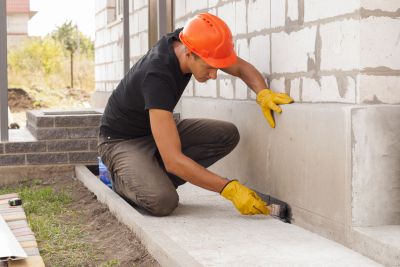
Summer offers extended daylight but requires precautions against heat and soil drying.

Fall provides cooler temperatures and stable soil for effective repairs.
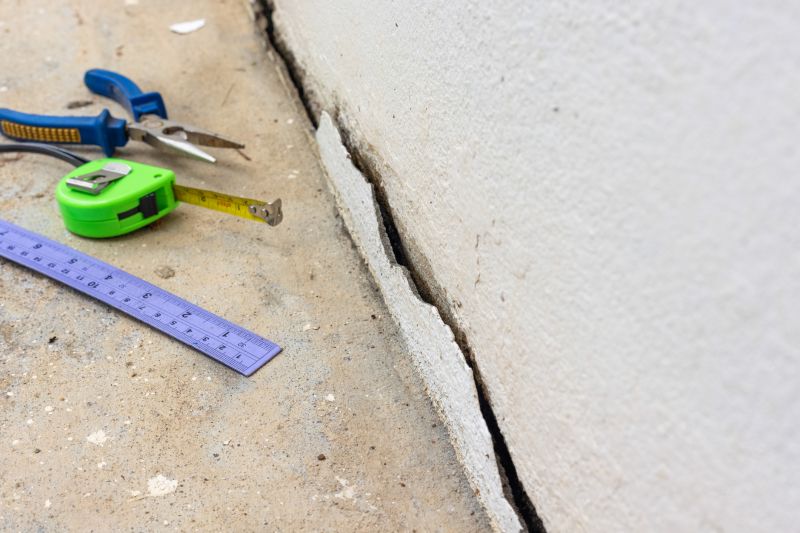
Ways to make Foundation Repairs work in tight or awkward layouts.
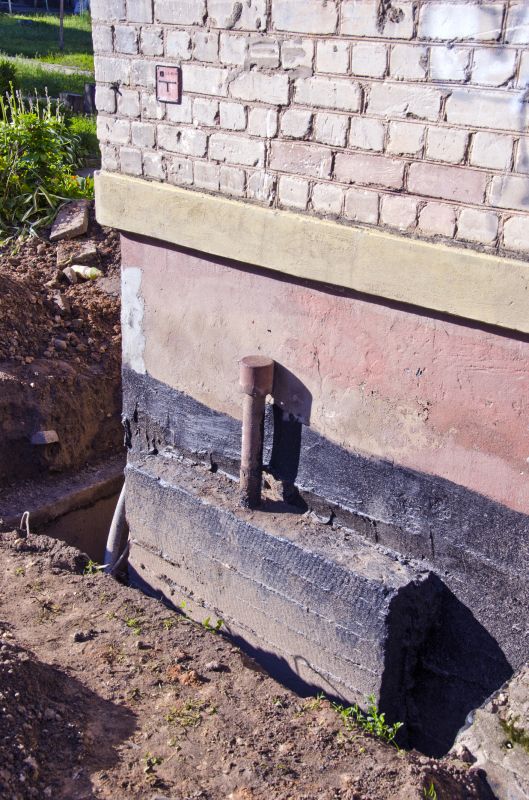
Popular materials for Foundation Repairs and why they hold up over time.
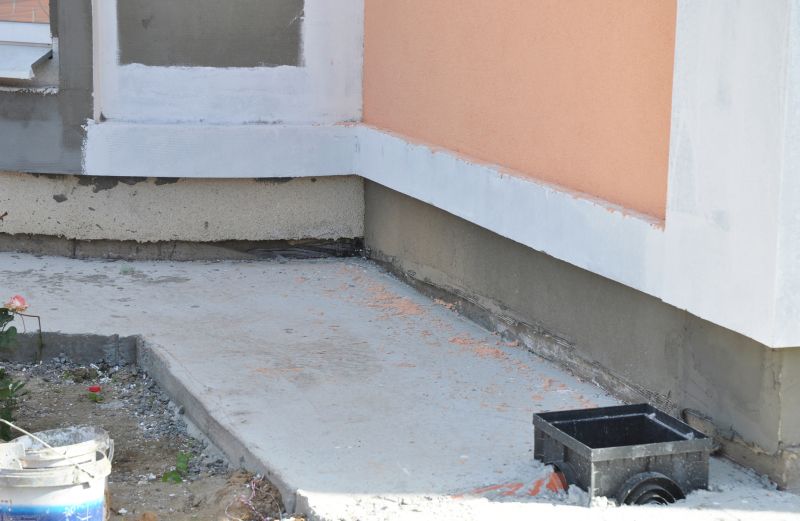
Simple add-ons that improve Foundation Repairs without blowing the budget.
| Season | Suitability for Foundation Repairs |
|---|---|
| Spring | High |
| Summer | Moderate |
| Fall | Optimal |
| Winter | Low |
Foundation repairs involve addressing issues such as settling, cracking, and shifting that compromise structural integrity. These repairs often include underpinning, piering, and stabilization techniques tailored to soil and environmental conditions. Proper timing can minimize disruptions and improve repair durability.
Statistics indicate that foundation issues are among the most common structural problems in residential properties, with a significant percentage developing due to soil movement caused by moisture changes and temperature fluctuations. Addressing these issues promptly during the optimal seasons can prevent further damage and costly repairs.

Cracks often indicate underlying movement, best addressed during stable soil conditions.
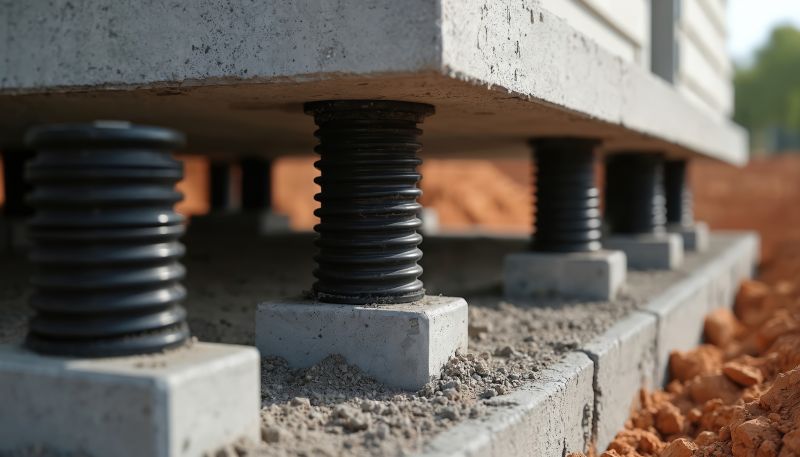
Piering provides foundational support, especially effective during optimal weather conditions.
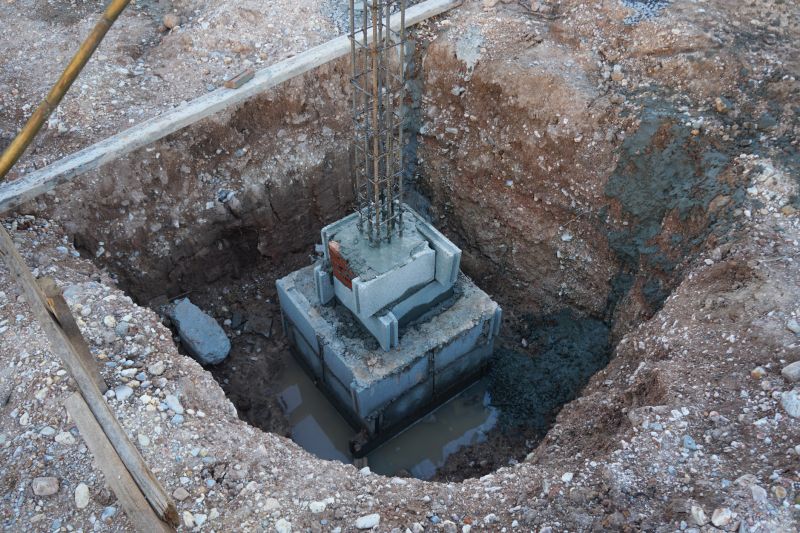
Proper soil stabilization is crucial and most effective in favorable seasonal conditions.
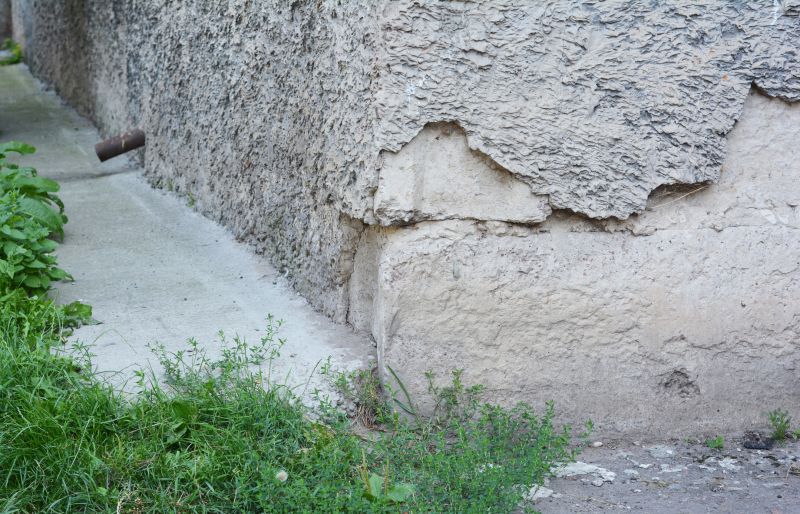
High-end options that actually feel worth it for Foundation Repairs.

Finishes and colors that play nicely with Foundation Repairs.
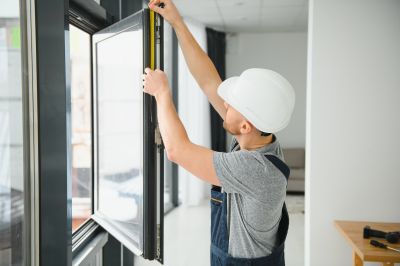
Little measurements that prevent headaches on Foundation Repairs day.
Filling out the contact form can provide additional guidance on scheduling foundation repairs to align with seasonal advantages, ensuring the best possible outcome for structural stability.

